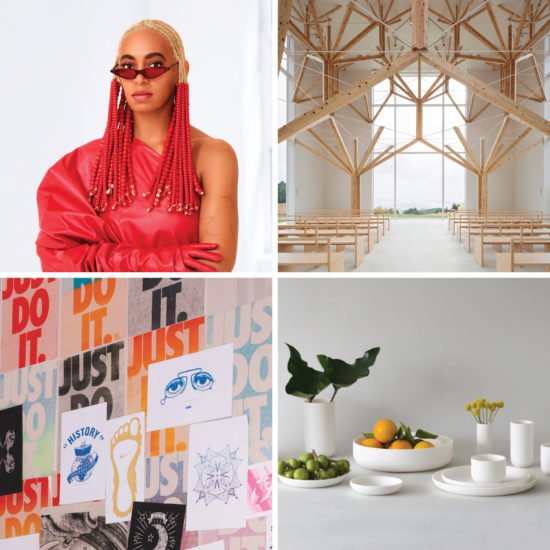Here, we ask an artist to frame the essential details behind one of their latest works.
Bio: Jesse Krimes, 42, Pennsylvania and New York
Title of work: Stag
Where to see it: “Cells,” Jack Shainman Gallery, New York
Three words to describe it: Social, fabric, cells.
What was on your mind at the time: I was thinking about the Elegy Quilts I had been making previously and how people in prison were selecting animals as symbolic representations of themselves. In my search to find visual images of their respective animals, I kept coming across art historical depictions of animals being caged, controlled, or hunted. This made me reflect on the history of punitive ideologies and how they show up in the art historical canon. Simultaneously, I was also thinking about the prison as a microcosm of our increasingly globalized world that is shaped by myriad systems of capture, containment, and control. The fragmented ways in which we experience images, bodies, objects, and artworks are determined by what such systems conceal or reveal and ultimately shape what we view as valuable or disposable.
An interesting feature that’s not immediately noticeable: In Stag, like the rest of the works in exhibition, the piece features an animal hidden beneath the intricate layers of embroidery which are drawn directly from microscopic images of cancerous cells. Through my process of removing diseased cells from these images to reveal only healthy tissue, it allows me to make visible their defiant gazes emphasizing resilience and the possibility of transcendence. Additionally, among the textiles I use as my substrate are pieces of clothing and other textiles given to me by currently and formerly incarcerated, evoking the body and presence of the millions of people who have been “disappeared” by the carceral system.

